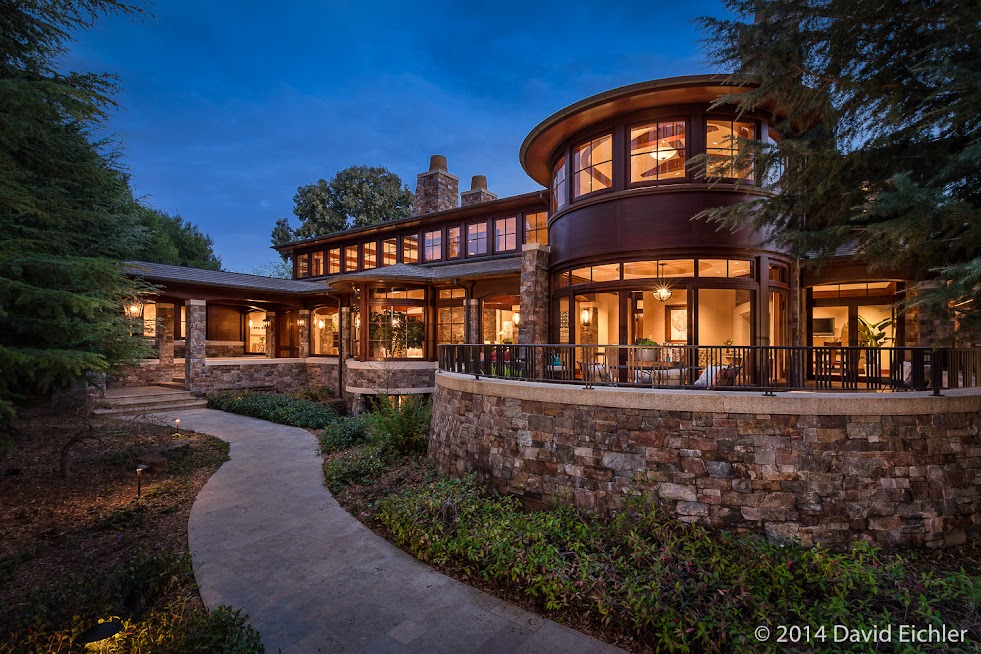From time to time I see some photographers boast that, when they shoot photos, they "get it right in the camera," meaning that they produce an image that needs little or no processing or retouching after they take the photo. I especially see this comment from architectural and interior photographers who use supplementary lighting, who take pride in working this way and who seem to disparage photographers who do not work in this way as somehow less professional. I think this attitude comes from the days when transparency film was the standard medium for professional color photography. This film is very unforgiving and and provides very little flexibility for manipulating the image after it has been created. Color negative film provided more flexibility, but for various reasons was seldom used for professional purposes, with the exception of portrait, wedding and event photography (the end use for which is usually a photographic print, rather than a reproduction made with a printing press).
Because of the limited flexibility of color transparency film, architectural and interior photographers traditionally used a considerable amount of supplementary lighting, among other reasons to minimize color imbalances from mixed light sources and to reduce the contrast range of the scene to fit within the limited tonal range of transparency film. This process tended to require a lot of expensive lighting equipment and a degree of lighting skill not commonly found in other genres of professional still photography. With the advent of digital photography, some architectural and interiors photographers continued to use their traditional methods of lighting, generally only using the basic digital processing controls to finish their photos, except for doing the kind of retouching (in digital form, of course) traditionally done by airbrush artists when film was the only photographic medium. However, digital photography now offers a tremendous amount of control, both for solving traditional technical problems and for creative expression, and I don't see any reason to dismiss using the potential of digital photography as somehow less than professional. Certainly, if a traditional lighting method is giving a photographer the results he or she wants and needs, all well and good. In the end, however, I think the end result is all that matters to the viewer or end user of the photos.







